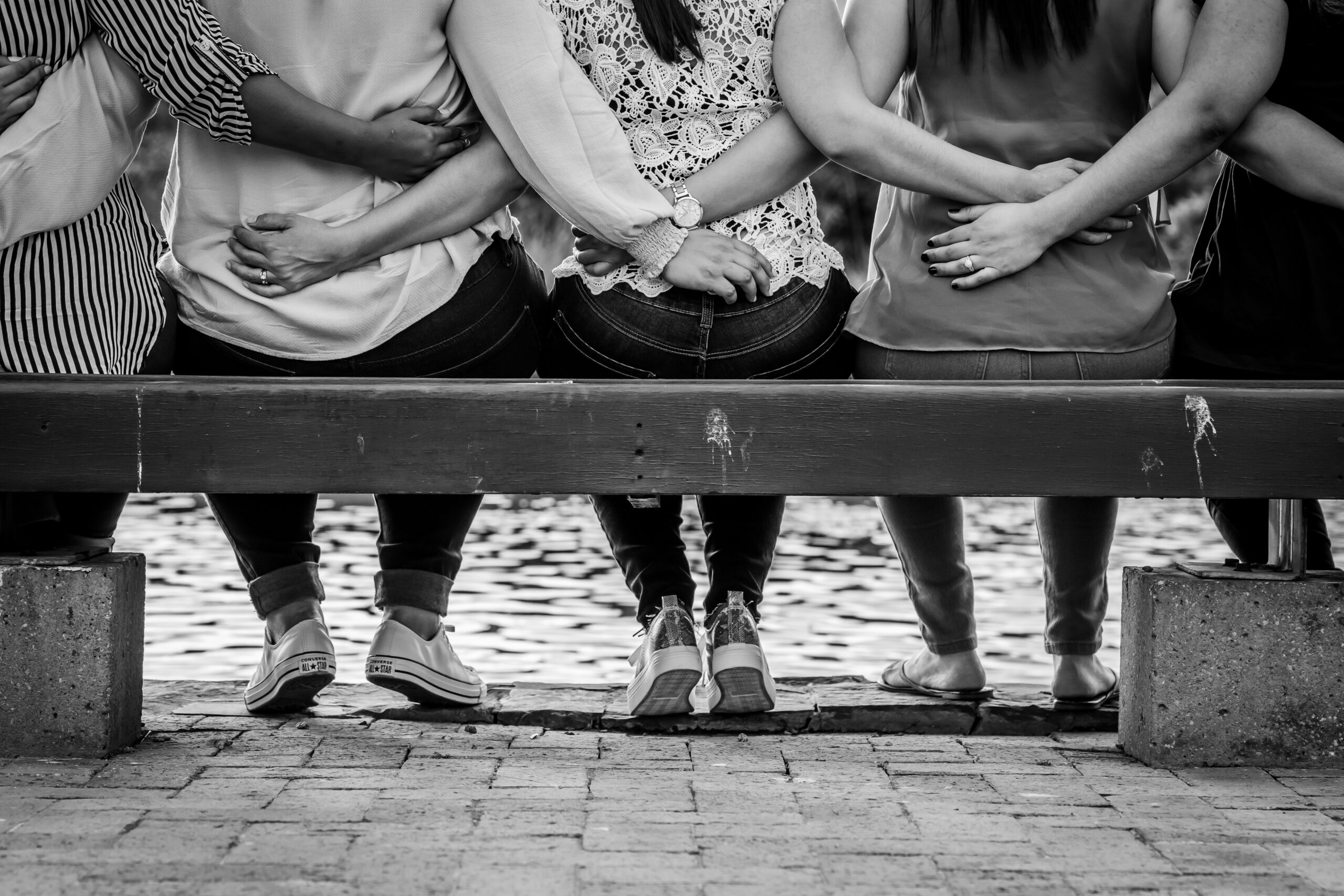If you have been on the self-help side of the internet, chances are you have come across the term ‘attachment style’ and have glimpsed that this can break or make your relationships with other people. Popular and amazing podcasters such as Mel Robbins, Jay Shetty and Justin Lehmiller (better known from Sex & Psychology) have all contributed to this conversation. Still, there is a lot to unpack and discover about attachment theories, so let’s start with the basics.
What is an attachment style?
This is the pattern in which one interacts and behaves in their relationships and usually stems from the way you were brought up, i.e. your first intimate connections you made with your caregivers. This is usually the result of the initial relationship or emotional bond you formed with your parents or carers while growing up. Clinically speaking, there is no right or wrong attachment style because they are all forged outside our influence i.e. infanthood, or molded by the circumstances we went through, i.e. abuse in adult relationships. However, there are styles you may desire to reach or grow out of, which we will get to in a bit.
Why should you care?
These are important because once you understand your attachment style, you will know how to better handle your relationships and other intimate connections with others. This is important because researchers such as John Bowlby believe that your first, or lack of, exchange of love, comfort, or safety have the ability to influence the rest of your relationships and what you seek, accept and offer in them.
Attachment styles develop from as early as infancy.
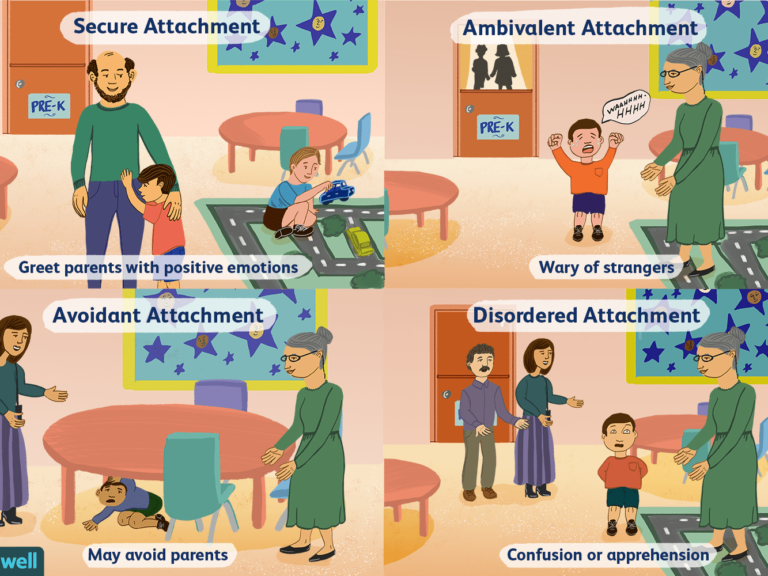
What are the four attachment styles?
There are four main attachment styles that are formed from infancy and change during the course of our lives. These are:
- Secure
- Anxious/Ambivalent
- Dismissive/Avoidant
- Fearful/Avoidant
Those last three are further broken down into:
- Avoidant-insecure
- Ambivalent-insecure
- Disorganised-insecure
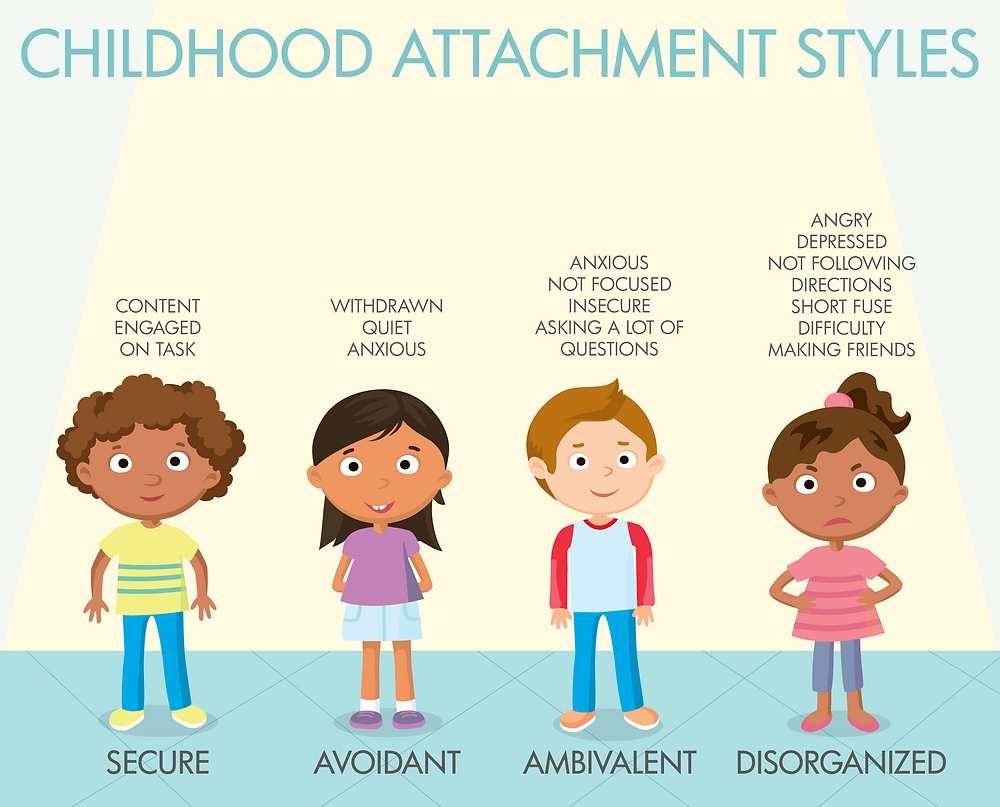
Factors influencing attachment styles:
Confidence: when children are raised with the reassurance that their carer will be there when they need them, they won’t be so fearful compared to those who haven’t been raised in a similar way.
Critical experiences: when children go through a developmental period, i.e., infancy, and their expectations, which have been formed, tend to remain unchanged for the rest of their lives.
Expectations: similar to the one above, this is basically children’s expectations of what their carers can provide, i.e., pick them up when they cry. This is usually because when they previously cried, someone was there to pick them up, so naturally, they begin expecting that.
It’s important to note that one’s attachment style has the ability to change. You may have grown up with a secure attachment style due to the first factor of being given the confidence you needed all your life or your guardians being present, but then something happens, such as an illness, divorce or death of a close one, and that immediately shifts you into a fearful avoidant attachment style because you are now scared of becoming close to people in case you lose them as well.
It can be the same the other way around. You may have an anxious attachment style with your guardians and be securely attached to your best friend because all your needs are met in the latter relationship. It usually takes a lot of inner work and healing to reach a point of secure attachment.
Your attachment style may change depending on the ongoing
events in your life or active effort such as therapy.
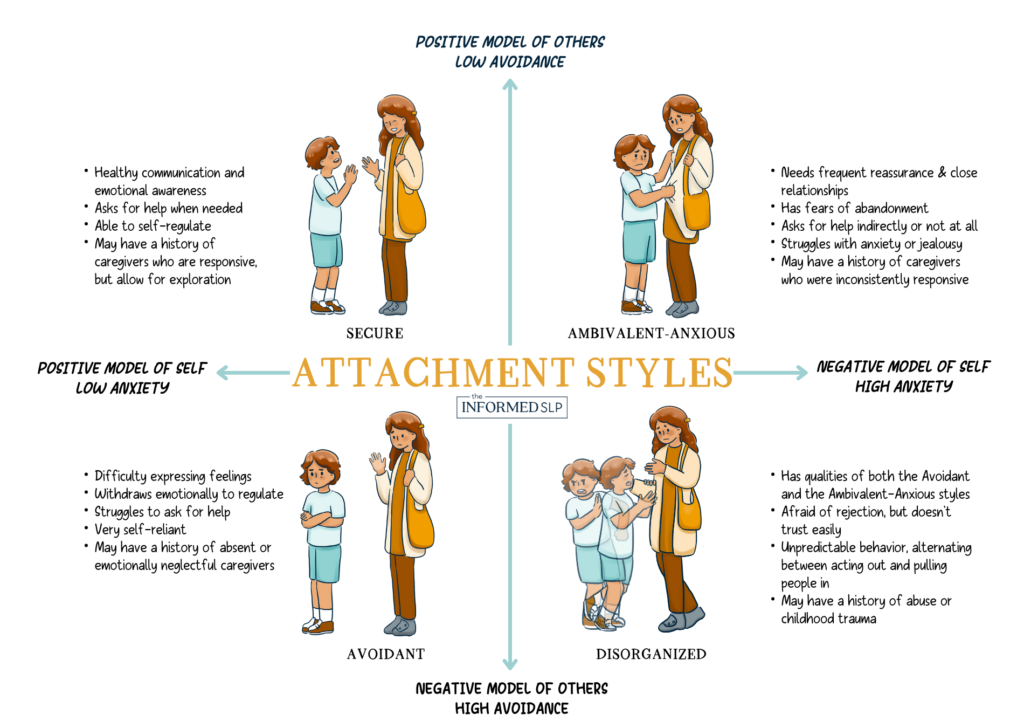
Discovering your attachment style
Attachment styles are on a spectrum, and for that reason, if you complete the test with one person in mind, the relationship that you currently have with them may influence the results you get.
Additionally, if you complete the test in a gloomy mood, that may also create a bias. As tricky as it sounds, do your best to generalise your responses at a time when you’re in the right headspace. And take the test periodically, as you wish, and save the responses to gauge how you change over time. Plus, you can take a few tests from different sources and compare the results they give you.
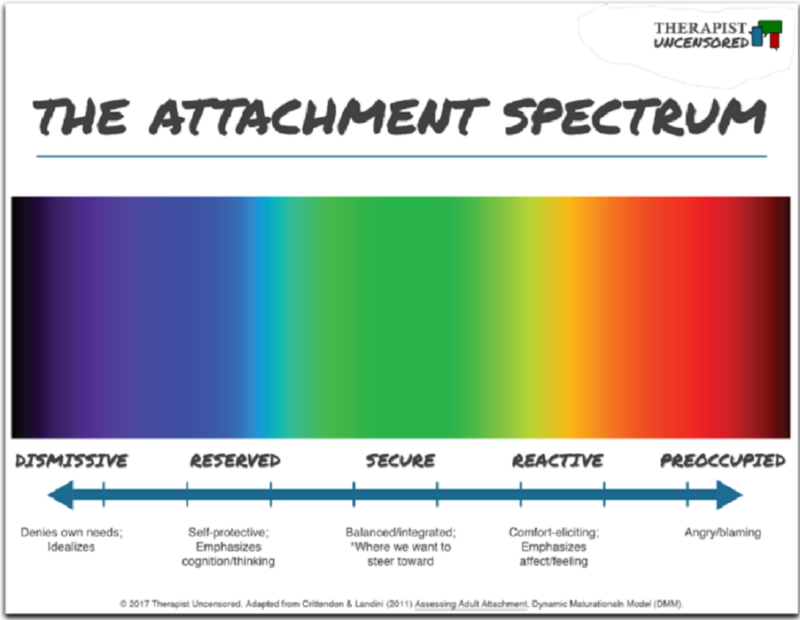
When I took the test last year, around July, my results were fearful avoidant. I know that they were correct because I was still dealing with a huge portion of my childhood trauma that influenced the relationships that I formed with others, which were, more often than not, unhealthy. Right now, when I took it again, my results showed that I was securely attached.
I take that with a grain of salt because yes, I did [and still do] put in the work, parameters, and boundaries to protect myself and those around me, and for that reason, I form more meaningful connections with people. So, yes, your attachment style may change depending on the phase in your life and what you are dealing with, or your general satisfaction with a particular season of your life and the relationships you have right then.
We will jump further into these attachment styles one by one, unpack all the need-to-knows, and hopefully provide you with an understanding of how to deal with them yourself or help someone else.


